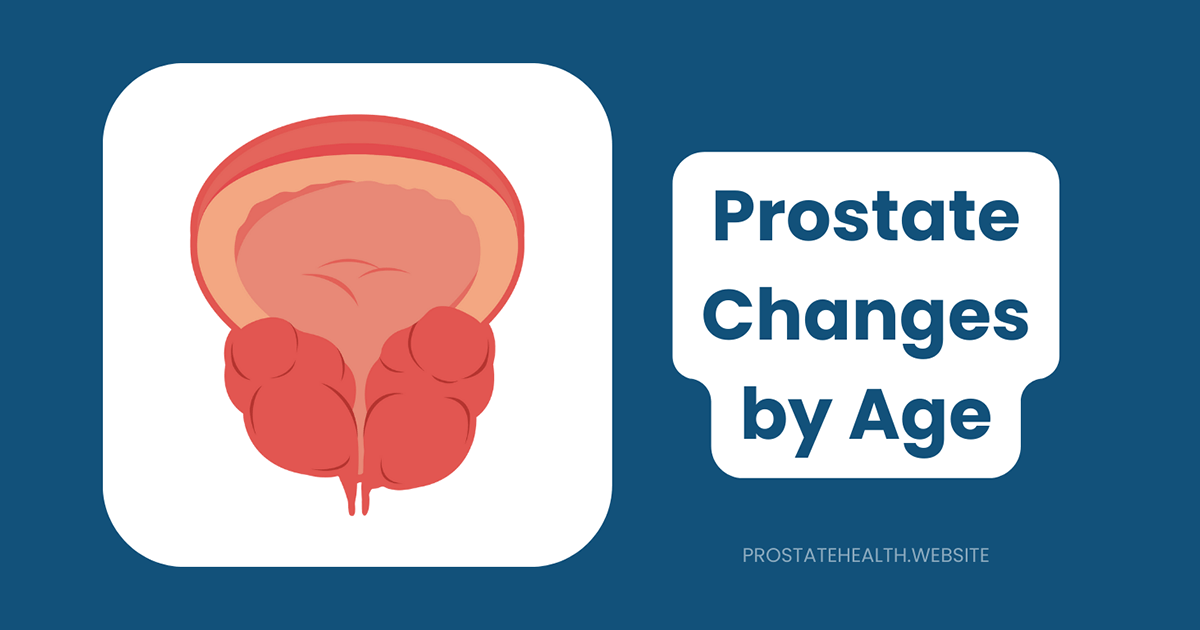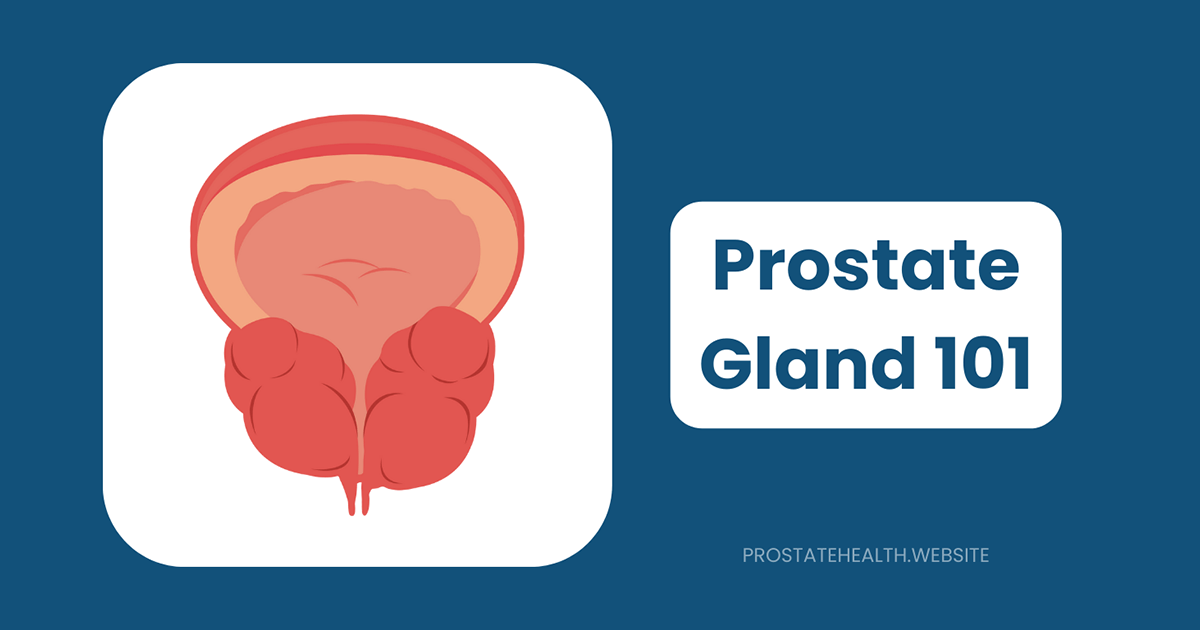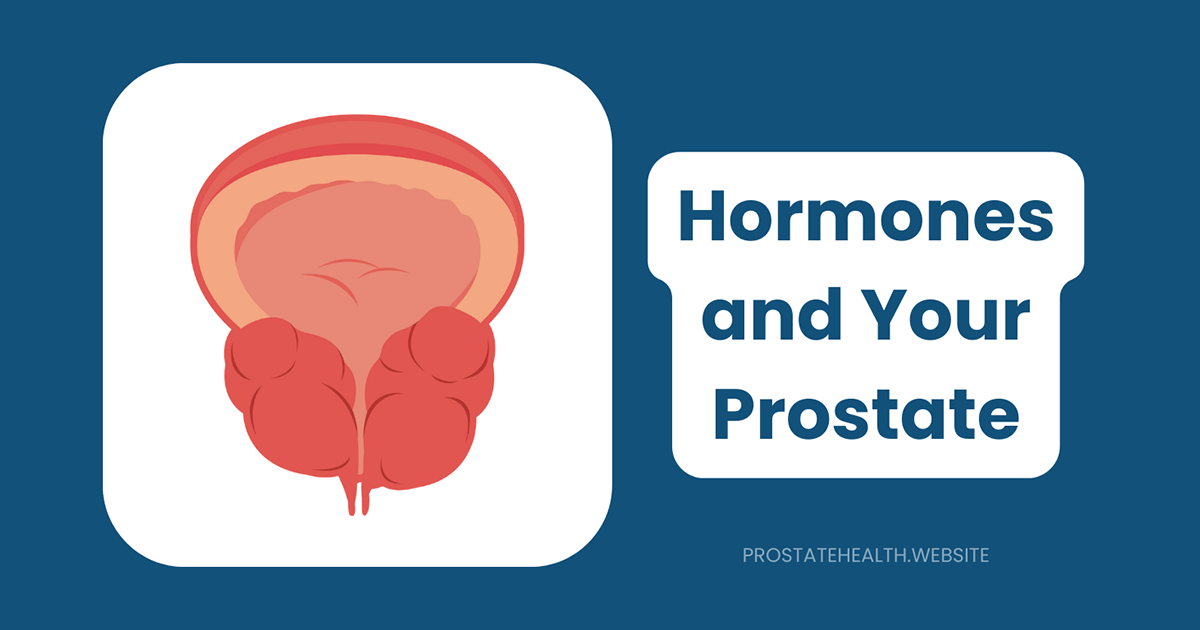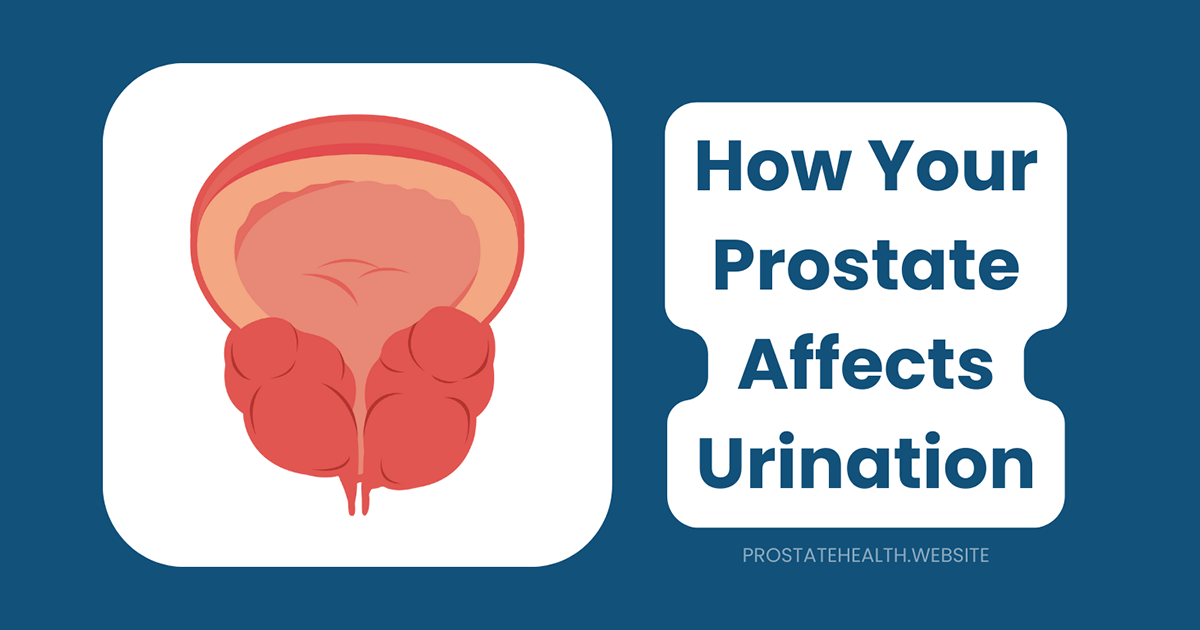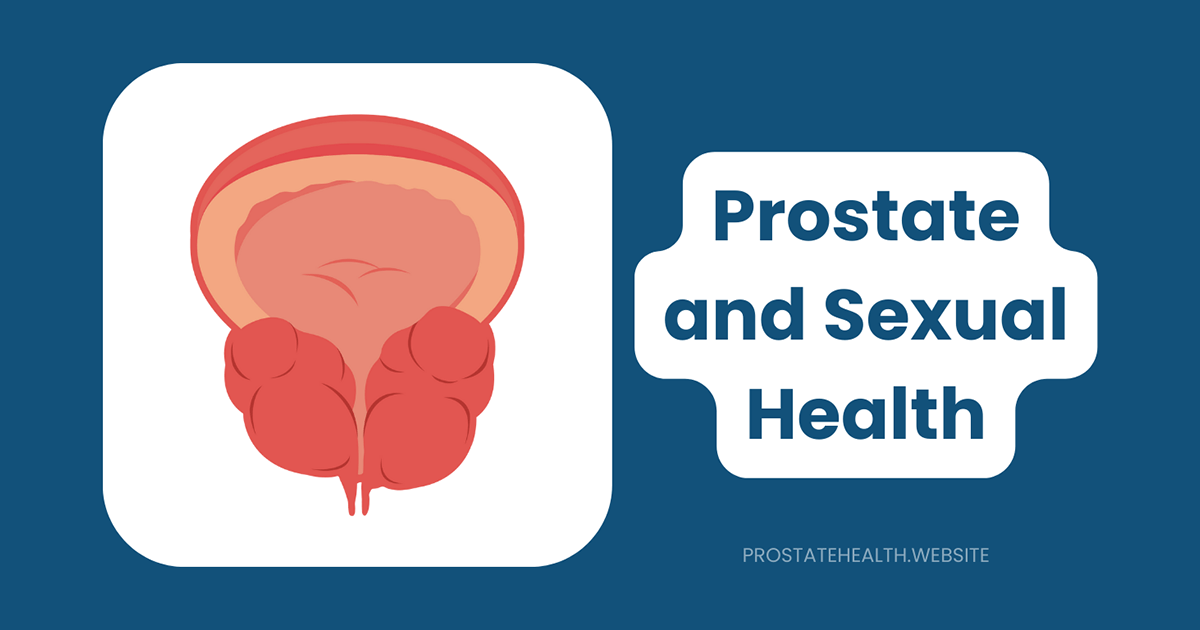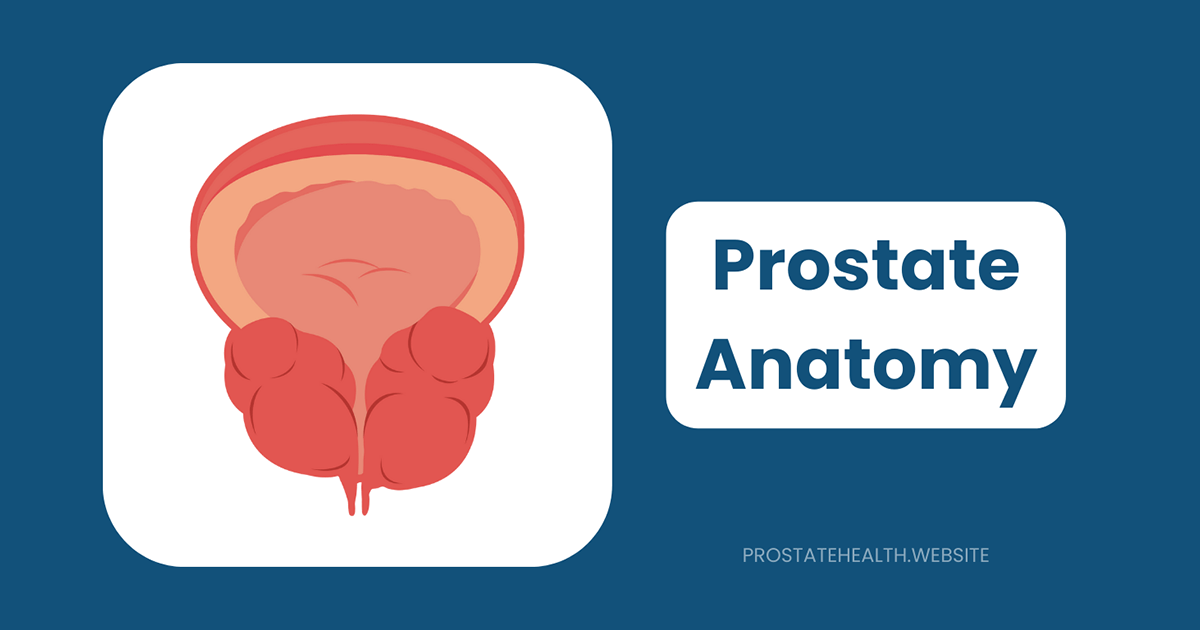Prostate Health Basics Every Man Should Know by Age 40
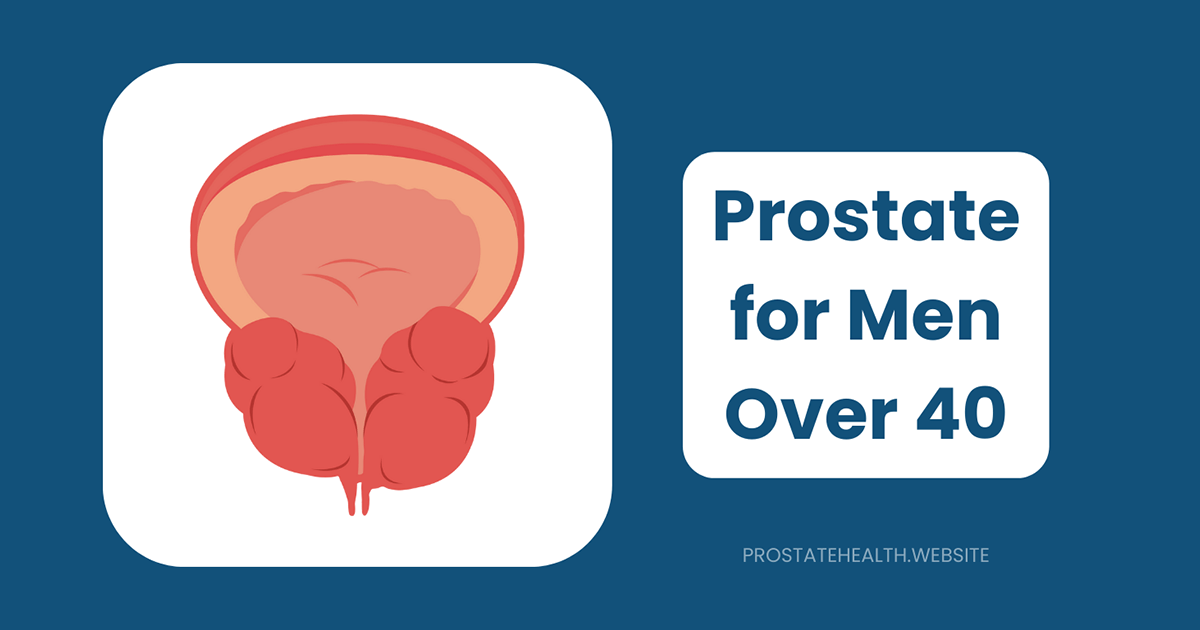
By the time you hit 40, you’ve likely established routines for maintaining your car, your home, and maybe even your financial health. But what about your prostate? This small but mighty gland plays a crucial role in your reproductive system, yet many men reach their fifth decade without understanding the basics of prostate health.
The truth is, while serious prostate issues are less common before 50, establishing awareness and healthy habits in your 40s can set the foundation for better prostate health throughout your life. This comprehensive guide covers what every man should know about his prostate by age 40, from basic anatomy to prevention strategies and screening guidelines.
Understanding Your Prostate: The Basics
Before diving into health recommendations, let’s establish what exactly the prostate is and what it does.
The prostate is a walnut-sized gland located just below the bladder, surrounding the urethra (the tube that carries urine and semen out of the body). Its primary function is to produce prostatic fluid—a component of semen that nourishes and protects sperm.
Dr. James Wilson, urologist at University Medical Center, explains: “The prostate is essentially a reproductive organ, but because of its location surrounding the urethra, prostate problems often manifest as urinary symptoms. This is why understanding your prostate is important even if you’re not concerned about fertility.”
Common Prostate Conditions Men Should Know About
By age 40, it’s important to be familiar with the three main prostate conditions that can affect men throughout their lives:
1. Prostatitis
Prostatitis—inflammation of the prostate—is actually the most common prostate problem for men under 50. Unlike other prostate conditions, it can affect men of any age, including those in their 20s and 30s.
Symptoms may include:
- Pain or burning during urination
- Difficulty urinating
- Frequent urination, especially at night
- Pain in the lower back, abdomen, groin, or pelvic area
- Pain during ejaculation
- Flu-like symptoms (in acute bacterial prostatitis)
“Many men suffer with prostatitis symptoms for months or even years before seeking help,” notes Dr. Sarah Williams, specialist in men’s urological health. “Understanding that these symptoms point to a treatable condition can save men significant discomfort and worry.”
2. Benign Prostatic Hyperplasia (BPH)
BPH—non-cancerous enlargement of the prostate—affects about 50% of men by age 60, but the process often begins in the 40s. As the prostate grows, it can squeeze the urethra and cause urinary symptoms.
While you may not experience significant BPH symptoms in your 40s, being aware of the early signs can help you address them promptly if they do appear:
- Weak urine stream
- Difficulty starting urination
- Feeling that the bladder isn’t completely empty
- Increased frequency of urination, especially at night
- Urgency to urinate
- Straining to urinate
3. Prostate Cancer
Prostate cancer is relatively uncommon before age 50, but understanding risk factors and screening recommendations is important by age 40, especially for high-risk groups.
According to the American Cancer Society, about one in eight men will be diagnosed with prostate cancer during their lifetime, making it one of the most common cancers in men. The good news is that when detected early, the five-year survival rate is over 99%.
Prostate Screening Guidelines: What to Know by 40
While routine prostate cancer screening typically begins later, age 40 is an important milestone for understanding your personal risk profile and screening timeline.
Average Risk Men
If you have no family history of prostate cancer and are not African American, the American Cancer Society recommends:
- Begin discussions about prostate screening with your doctor at age 50
- If you choose to be screened, the PSA (prostate-specific antigen) blood test is the primary screening tool
- A digital rectal exam (DRE) may also be performed as part of screening
Higher Risk Men
If you fall into one of these categories, you should begin discussions about screening earlier:
- African American men: Begin discussions about screening at age 45
- Men with a first-degree relative (father or brother) diagnosed with prostate cancer before age 65: Begin discussions about screening at age 45
- Men with multiple first-degree relatives diagnosed with prostate cancer at an early age: Begin discussions about screening at age 40
Dr. Robert Chen, oncologist specializing in prostate cancer, emphasizes: “By age 40, every man should know which risk category he falls into and have a preliminary conversation with his healthcare provider about when to begin screening. This is especially important for men in high-risk groups.”
Lifestyle Factors That Affect Prostate Health
Your 40s are the perfect time to establish habits that support prostate health for decades to come. Research increasingly shows that lifestyle factors can significantly influence prostate health:
Diet and Nutrition
What you eat can have a substantial impact on your prostate health:
Foods that may benefit prostate health:
- Tomatoes and red fruits: Rich in lycopene, an antioxidant linked to lower prostate cancer risk
- Cruciferous vegetables: Broccoli, cauliflower, and Brussels sprouts contain compounds that may help prevent prostate cancer
- Fatty fish: Salmon, mackerel, and sardines provide omega-3 fatty acids with anti-inflammatory properties
- Green tea: Contains polyphenols that may reduce prostate cancer risk
- Nuts and seeds: Provide zinc and selenium, important minerals for prostate health
Foods to limit:
- Red meat: High consumption has been linked to increased prostate cancer risk
- Dairy products: Some studies suggest high dairy intake may increase risk
- Alcohol: Excessive consumption can contribute to prostate inflammation
- Highly processed foods: Often high in unhealthy fats, sugars, and salt
“The Mediterranean diet, which emphasizes fruits, vegetables, whole grains, fish, and healthy fats, appears to be particularly beneficial for prostate health,” says Dr. Michael Chen, nutritional medicine specialist. “Making this dietary shift in your 40s can pay dividends for decades to come.”
Physical Activity
Regular exercise offers significant benefits for prostate health:
- A study found that men who exercised the equivalent of one to three hours of walking each week had an 86% lower risk of aggressive prostate cancer.
- Another study showed that men who engaged in three or more hours per week of vigorous physical activity had a 61% lower risk of prostate cancer death.
- Regular physical activity may also help prevent BPH and reduce symptoms if it develops.
The general recommendation is at least 150 minutes of moderate exercise or 75 minutes of vigorous exercise weekly. This could include brisk walking, cycling, swimming, or strength training.
Weight Management
Maintaining a healthy weight is particularly important for prostate health:
- Obesity is associated with an increased risk of developing advanced prostate cancer.
- Excess weight, especially around the abdomen, can influence hormonal imbalances that may affect prostate health.
- Weight loss can lower the risk of developing prostate issues and reduce the severity of symptoms if they occur.
Stress Management
Chronic stress may contribute to prostate inflammation and potentially worsen prostate conditions:
- Regular stress-reduction practices like meditation, deep breathing, or yoga may benefit prostate health.
- Adequate sleep is essential for hormonal balance and overall health, including prostate function.
- Social connections and healthy relationships can help buffer against chronic stress.
When to See a Doctor: Recognizing Warning Signs
By age 40, you should be familiar with prostate-related symptoms that warrant medical attention:
- Difficulty starting or stopping urination
- Weak or interrupted urine flow
- Frequent urination, especially at night
- Pain or burning during urination
- Blood in urine or semen
- Painful ejaculation
- Persistent pain in the lower back, hips, or pelvic area
“Many men delay seeking help for urinary or prostate symptoms due to embarrassment or the mistaken belief that these changes are just a normal part of aging,” notes Dr. Wilson. “But early intervention often leads to better outcomes and can prevent complications.”
The Ejaculation-Prostate Health Connection
Research has suggested an intriguing relationship between ejaculation frequency and prostate health:
- A Harvard study found that men who reported 21 or more ejaculations per month had a 31% lower risk of prostate cancer compared to those with 4-7 ejaculations per month.
- An Australian study showed that those averaging 4.6-7 ejaculations per week were 36% less likely to be diagnosed with prostate cancer before age 70.
While these studies show correlation rather than causation, they suggest that regular ejaculation may have a protective effect on the prostate, possibly by helping to flush out potential carcinogens or reducing inflammation.
Supplements and Natural Remedies: What’s Worth Considering?
Many supplements claim to support prostate health, but the evidence varies considerably:
- Saw palmetto: Some studies suggest modest benefits for BPH symptoms, though results are mixed.
- Beta-sitosterol: May help improve urinary symptoms associated with BPH.
- Pygeum africanum: Derived from African cherry tree bark, may have anti-inflammatory effects on the prostate.
- Zinc: The prostate contains high concentrations of zinc, which may help regulate hormonal activity within the gland.
Always consult with your healthcare provider before starting any supplement regimen, as some may interact with medications or have unintended effects.
Talking to Your Doctor About Prostate Health
By age 40, you should establish open communication with your healthcare provider about prostate health. Here are key topics to discuss:
- Your family history of prostate conditions
- Your personal risk factors for prostate issues
- When you should begin prostate cancer screening
- Any urinary or sexual symptoms you’re experiencing
- Lifestyle modifications that might benefit your prostate health
Dr. Williams advises: “The conversation about prostate health should begin well before symptoms appear. Your 40s are the perfect time to establish baseline awareness and develop a proactive approach to prevention.”
The Bottom Line: Proactive Prevention Starts at 40
While serious prostate issues are more common after 50, laying the groundwork for prostate health in your 40s can make a significant difference in your long-term wellbeing. By understanding your risk factors, establishing healthy habits, recognizing warning signs, and knowing when to begin screening, you’re taking control of an aspect of men’s health that too often goes unaddressed until problems arise.
Remember: Prostate health isn’t just about avoiding cancer or managing BPH—it’s about maintaining quality of life, urinary function, and sexual health throughout your adult years. The proactive steps you take at 40 can help ensure better prostate health for decades to come.
Resources for Further Information
- American Urological Association
- Prostate Cancer Foundation
- National Institute of Diabetes and Digestive and Kidney Diseases

